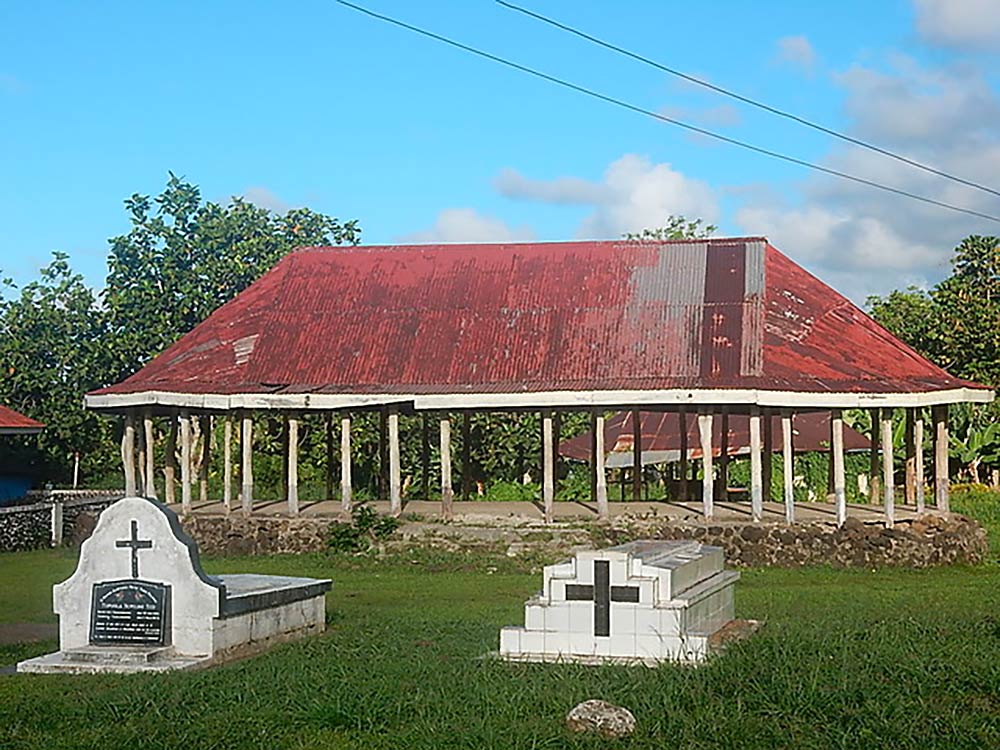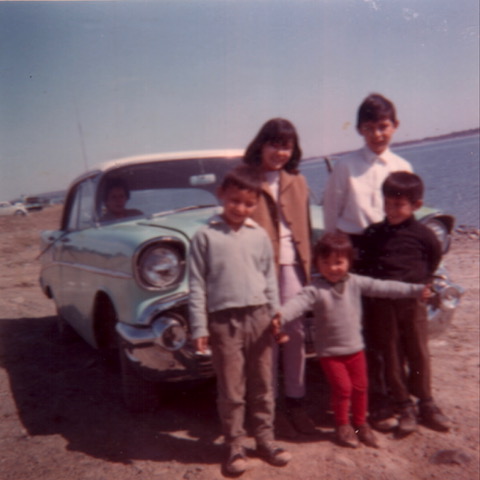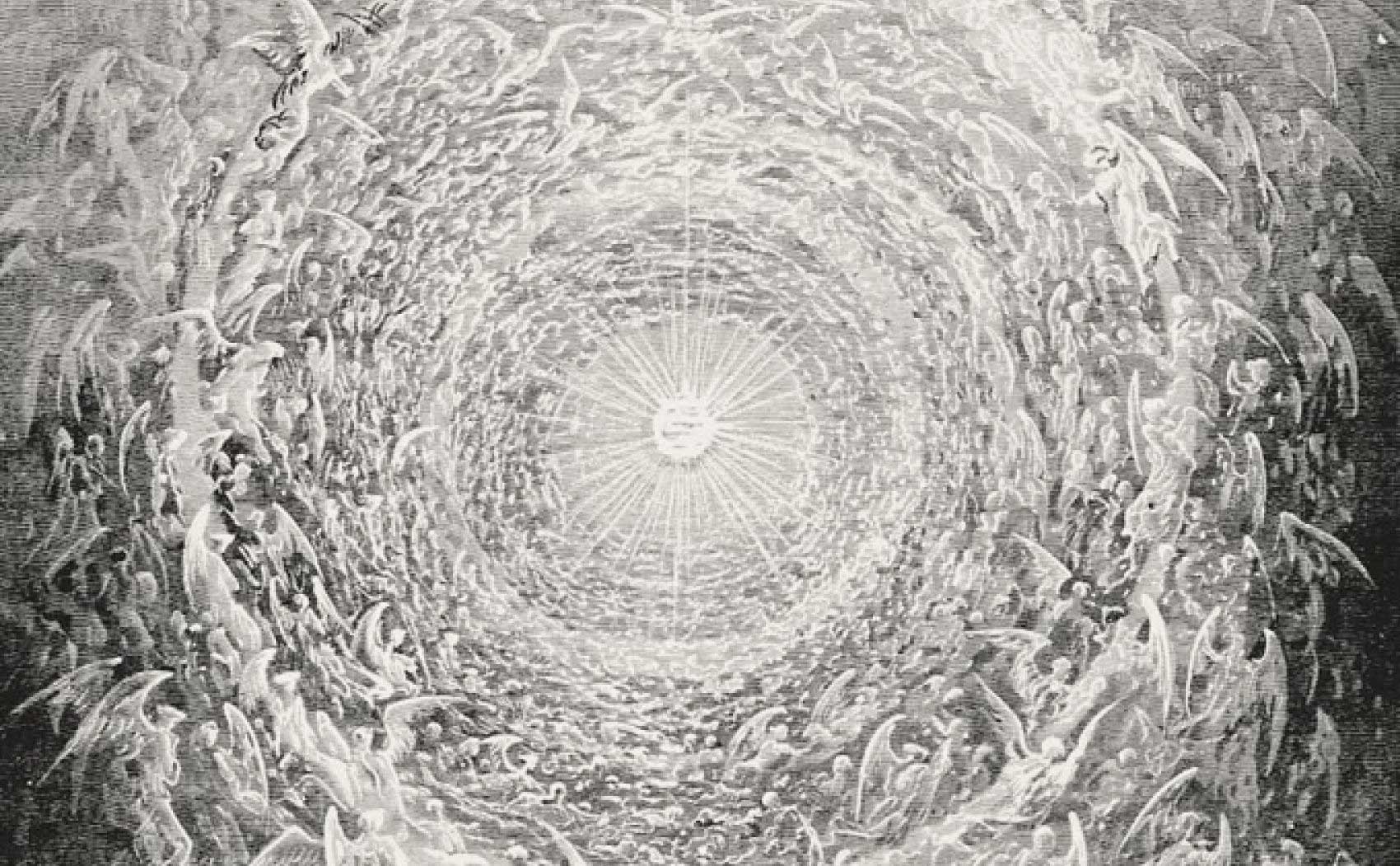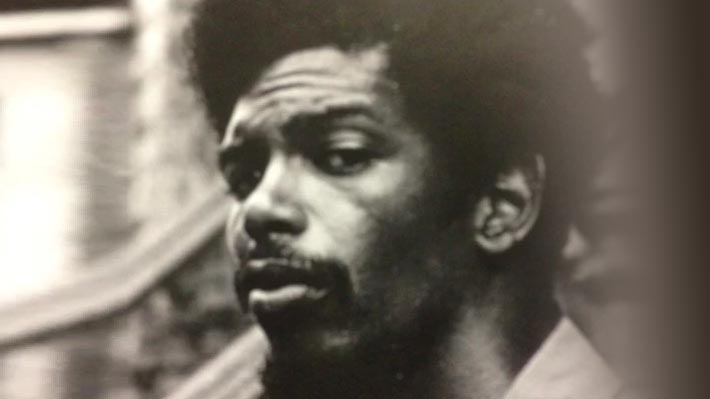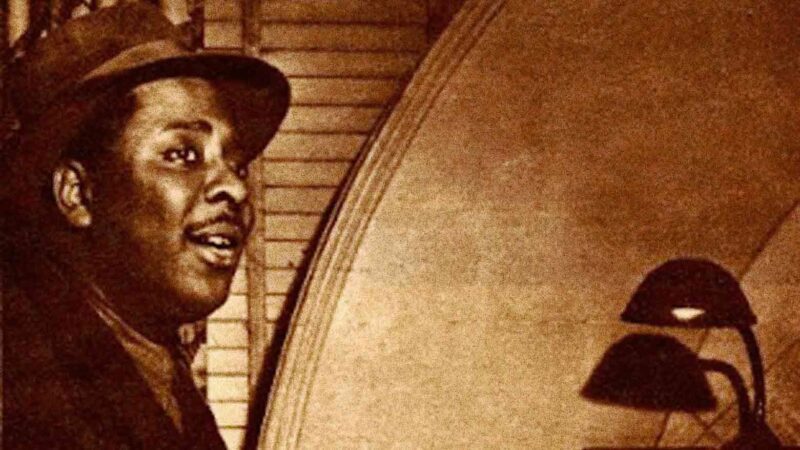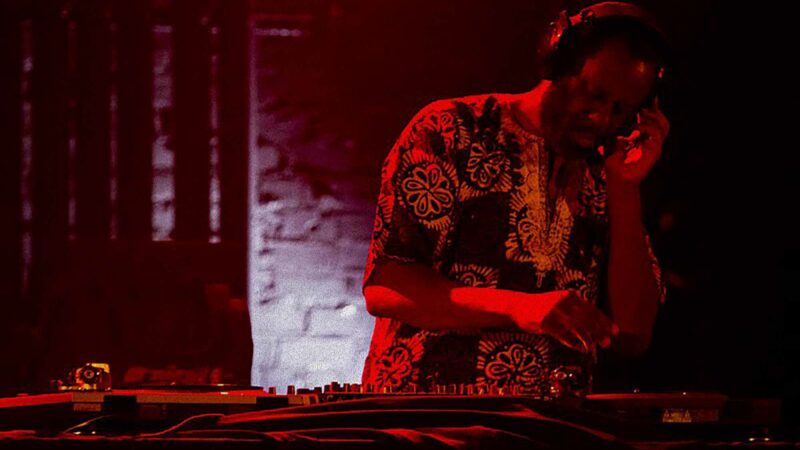I – Wings in The Dust
Le vieux Paris n’est plus (la forme d’une ville
Change plus vite, helas! que le coeur d’un mortel…
–“Le Cygne,” Charles Baudelaire, 1857
The old Paris is gone (the form of a city
Changes more quickly, alas, than a mortal’s heart…)
(trans. P. Barnard, The Language of Silent Things,
Quadrant Books, Montreal.)
Charles Baudelaire’s poem “Le Cygne” – “The Swan” – describes a majestic bird who has escaped from its cage in a Parisian market area undergoing reconstruction during the nineteenth century. The poet speaks familiarly of “my great swan,” as he remembers it, writhing its neck towards the sky, madly desperate for water while it tries nervously to bathe its wings in the dust of urban renewal, in the detritus of progress.
Now, in June 2011, Montreal is changing deeply and I find myself thinking of Baudelaire and the bird he loved, the exiled swan that he chose to symbolize urban alienation.
Along the St. Jacques escarpment construction equipment stands in the sky. The cranes of the company Simard-Beaudry are helping build the super hospital of McGill University, while other companies in the same complex of corporations are under a cloud for tax infractions. The Claridge group, owned by Bronfman family members, of Seagram’s fame, erects condos where the shell of the Seville theatre formerly stood on St. Catherine Street. A $3 billion-dollar Turcot highway project, based on outmoded, car-centered assumptions from the 1950s, is about to wreak havoc on the neighbourhood of St. Henri.
Quite a picture…
A hospital, oriented towards the car, with no properly conceived access for patients, amid a larger island-wide inattention to the health infrastructure that specialist hospitals require.
A highway project which promises to be a bad parody of a Robert Moses scheme.
An unorganized, but engineered, shambles of mis-transportation, mis-health, and missed opportunities with condos proliferating here and there, like mushrooms.
The most prominent symbol of this disharmony, to many people, is the location of the future Children’s Hospital wing of the McGill University Health Centre (MUHC) — right over an extremely busy highway with the prevailing westerly winds sweeping up the escarpment and into the institution’s ventilation systems.
Parts of the south west of Montreal almost seem like Italy during the post-World-War-II construction frenzy, or Spanish cities before the 2008 financial crash.
But most of the current building here in Montreal has a special earmark – it is being done with public taxpayers’ money. And the kermess is presided over by Montreal politicians whose Janus-like ability to say almost anything to anyone seems as elastic as the public purse they pull.
II – Fever Comes to Westmount or Let Us Now “Give Selwyn House This Much-Needed Facility”
The rush to draw on public money in the south west of Montreal is so strong, that even the wealthy enclave of Westmount (a miniature Greenwich Connecticut inside a larger city) has joined the party. And the story of a bitterly contested mega-arena project there illustrates the kinds of private forces distorting public planning in Montreal.
The sitting Mayor of Westmount, Peter Trent, is holding that office for the second time and is soon to publish a book about Montreal and its problems. He gives the impression that he stands out from his fellow mayors, and he has described his urban planning ideas in terms more in the style of Jane Jacobs than Robert Moses. “I believe in working with what one has,” says Trent.
One of the gems that Mr. Trent “has” is Westmount Park, an Olmsted-inspired jewel of north American landscape design, complete with a southern meadow. But he and his council, unless they change direction, are about to mar this urban oasis of a park, because they too have been struck by the construction fever sweeping the south west of Montreal.
To see how strong the mania is let’s do some comparative costing with Laval, for example, a city that has an estimated population of about 400,000 people and is trying to build a sportsplex for $90 million.
Westmount, with its population of just over 20,000, has received a whopping $10 million dollar provincial grant, matched by $10 million from the feds, which has given affluent Westmount 6 times more provincial and federal taxpayer money per capita than Laval has received for its arena.
Six times as much per capita as the Laval norm. Clearly, Westmount has been blessed. A similar situation in Ontario in 2009 provoked a front page story in The Globe and Mail (see http://www.theglobeandmail.com/news/politics/stimulus-program-favours-tory-ridings/article1333239/).
In supposedly feisty, nationalist Quebec, does any one care about the equitable attribution of the funds of “les contribuables”? Not a peep. Not a squeek – when it comes to the use of public money.
And the money has gone to the mayor and council’s heads in Westmount, leading them to propose building an underground 2 NHL-rink hockey arena below Westmount Park for (hold your hats!) $37 million dollars. The Bell Centre in Brossard, where the Montreal Canadiens practice, was built for $33 million dollars a few years ago, so the comparative costs in a period of low inflation give an idea of how over the top the current Westmount plan is, especially since the usual cost in Canada for this type of large municipal facility is about $16 million dollars.
(see “The Lulham Report,” by Don Wedge, Westmount Independent, Oct. 6, 2009, P. 5 )
As the now deceased activist Don Wedge told me before his death, the grant money for this Westmount arena has always led the planning of the project – a very bad way of operating.
One of Westmount’s “green” architects, David Ludmer, has called the mega-project, “Trent’s folly,” because the construction is twice as expensive as industry norms, and will over-whelm the neighbourhood and destroy the existing aura of pastoral tranquillity in the park. Ludmer says the project is anti-ecological, in the extreme, with year-round hockey to continue all summer, and grave problems of traffic, congestion, and pollution caused by what the Westmount Recreation Department itself describes as the new “hub.”
The idea, perhaps, is that medical specialists will flock to the new MUHC and will want to enroll their children in intense hockey programs right next door. Nobody, it seems, has told Trent & Co. that the long-term trend for hockey is down, especially among parents concerned about the professional game’s current culture of violence.
The editor of the blog Westmount Watch, Andy Froncioni, has called the Westmount mega-arena part of a broader privatization involving increasing private appropriation of public space. As support for his view, in his on-line editorial, “Privatizing Westmount – A Lesson from Randall’s Island,” (http://westmountwatch.org/2011/01/editorial-privatizing-westmount-a-lesson-from-randalls-island/) Froncioni discusses the negotiations between a private boys’ school, Selwyn House, and Mayor Trent in early 2010. And Froncioni draws special attention to a statement in the 2009-2010 on-line edition of Veritas, the school magazine:
“Here is an opportunity being presented to Selwyn House by the City of Westmount whereby Selwyn House would contribute to the city’s plan to build a new double-pad arena and pool complex where the current Westmount Arena is located. This partnership would give the school access to the arena for its skating and hockey programs and reduce the amount of time needed to travel to other arenas that we have rented around Montreal over the years…we are hopeful that this opportunity will come to pass and give Selwyn House this much-needed facility.” [emphasis added]
In his commentary, Francioni pointed out that prior to the mailing of a voluntary “poll” in April/May of 2010 by the City of Westmount to some 8,000 households , Selwyn House school had sent out an e-mail to its network of 2,000 students, parents and alumni urging them to respond favourably to that survey which represented, as pollsters say, a self-selected sample. Froncioni quoted, reporting from the local newspaper The Westmount Independent:
“as stated in an e-mail letter April 21 [2010] to some 2,000 parents, graduates and friends of the school from headmaster Hal Hannaford and athletic director Steve Mitchell, ‘We will continue to discuss with the city ways to develop our partnership with this project,’ they write. [emphasis added]
One of the 1000 plus signers of the Ipetition now in cyberspace “Change Westmount Arena Plan,” (http://www.ipetitions.com/petition/changewestmountarenaplan/) calls the
Westmount Arena plan “Pharaonic.” She is right – follow the money and that is what this Westmount deal tells you about Quebec stimulus spending today, whether it is the profligate use of $200 million for an arena in Quebec City or the $37 million in Westmount.
III – Sadness in the City
Construction fever, fuelled by public money, is only one index of a changed Montreal. There are new people in the city, from all over the world, many of them highly educated. Each one is an added mystery, as Baudelaire called urbanites in his Paris poem “The Seven Old Men”:
Teeming city, city full of dreams,
where the ghost solicits in broad day!
Like sap the mysteries flow everywhere
In the narrow ducts of the colossus.
(“Les Sept Vieillards,” Charles Baudelaire)
Immigrants coming, struggling, staying, leaving. And as always, the sadness of the city, the feeling that the tourist brochures never mention.
The blues are a part of city life, whether in Montreal or New York. I loved the neighbourhood where I grew up in Manhattan, on 78th street between Second and Third Avenues, when the EL was still up and rattling down Third to the Bowery with its alcoholic vagrants huddling in the shadows of the elevated railroad. I loved the city, but I was also always aware, from a young age, of the harshness that lay beneath the charm of New York. After graduating from Columbia, I worked for the New York City Department of Welfare in Harlem and saw first-hand the Dantean conditions some New Yorkers live in.
That grim side is usually not seen with any intimacy by visitors. One of the people I used to discuss books with at Columbia became a tenants’ advocate on the Upper West Side. Then he refused a bribe, it is said, and did not call off a renters’ strike in some Harlem properties. He was killed, dismembered, and his body parts were put in plastic bags in Hunts Point in the Bronx. His head was never found.
A few years ago, here in Montreal, I told the film-maker and producer Mark Zannis, that story. Mark had worked on housing issues here in Montreal. “Do they do that kind of thing, here in Montreal?” I asked Zannis. “No,” he said almost firmly, “here they use money.”
In Montreal I have felt Baudelaire’s urban blues on many street corners. When I lived on Henri Julien near Marie-Anne in the early 1970s, I would go to St. Denis on Boulevard Mont Royal and buy the Sunday New York Times from an intelligent, poor, melancholy vendor. The streets were vacant and the sky was often grey.
And what happened to those loving creatures I met, such as kind Mme. Phaneuf who lived in great dignity in her one room at the top of a four story house for lodgers on Carré St. Louis?
Dear Mme. Phaneuf…
IV – The Organizers: John Bradley and Bernard Vallée
Montreal has changed. The gentrified “Plateau” is trendy and has been altered even more radically than Manhattan’s Lower East Side.
The population of francophone mother tongue speakers has fallen below 50% while allophones now make up more than 30% of the population. To really gauge the new Montreal of 2011 would mean crossing through the many micro-cities contained within the larger one…To go all the way East to the edge of the island, up to Saint-Michel, over to St. Léonard, down to Hochelaga-Maisonneuve, and so forth. Even then the inventory would be very incomplete.
So, for these notes, I decided to interview two activists who have been involved with the city for the last 30 years: John Bradley and Bernard Vallée. They know of each other, but have never met, something that I find extraordinary but that is commonplace in today’s Montreal where there are sometimes many solitudes instead of simply two.
John, now a community organizer in Point St. Charles, comes from a Verdun family that is both Irish and English; his father was a printer, and so was part of the traditional stock of Montreal’s skilled industrial workers. Bernard comes from Rennes in the north of France, and has been here since the 1970s when he came to Montreal as a young man. He is an animator with the urban organizing collective, L’Autre Montréal.
I asked John about whether he felt that to understand Montreal one had to feel the sadness in the city. “Yes,” he said, “At the turn of the century, in 1900, when people were amassing huge fortunes here, the rate of certain communicable diseases in Montreal was as high as it was in Calcutta.”
Bernard Vallée, too, noticed the resigned fatalism here in the 1970s. “People were in a state of unimaginable sadness,” he told me, remembering that there were often fires in what is now called the Plateau, many of them set by arsonists. People would come with chairs and cases of beer and simply watch houses burn. “It was a population kept off to one side, through the actions of Drapeau and the complicity of the media.”
But, Bernard Vallée says, that now “people have really changed.” In the past, “people did not have the energy to resist. But today people are more informed, they react more quickly, and they organize more quickly. And information is coming out, and not just about scandals. Then citizens groups were far less numerous than the popular groups today.” Does that mean that what one might call “Montreal civil society” has really developed? “Yes,” said Vallée, “people are more able to communicate, they have more experience and more knowledge.”
I was surprised to hear Vallée paint this lively picture because an often repeated assumption is that in 2011 there is not the effervescence of 40 years ago. Mind you, Bernard came here after the energy of the 1960s had already peaked, and that happened very clearly in the years 1972-1973 just as a very serious recession began to hit North America.
John Bradley has a slightly different view, one shaped by a family history that developed over a long time in Verdun. “Montreal,” he tells me, “has become much more a site of consumption, like other cities, with cafés, restaurants, knowledge industries. I see it in places that I know, like the Lachine canal which was once a site of production integrated to some degree into the community.” John points out that de-industrialization began after World War II. “Then there were periods of abandonment in the 1960s and the 1970s. But this does not mean that capital accumulation stopped. It just shifts in terms of its physical setting and space gets used differently. The new technology does not go to the old space, it shifts, to industrial parks.”
Bradley sees various tendencies at work: “It’s contradictory – on the one hand you do not have, as we once did in 1960, 50% of the housing units in Point St. Charles without hot water. And I do not want to dismiss what has happened –there has been a genuine increase in people’s standard of living. And with the Post World War II boom, you had unionization, increased worker literacy, young people going to university and there were seeds planted there of dissent and social questioning. But part of the shift also meant that whole neighbourhoods were abandoned, as much of the Point was.”
Where did people go? “People went further West in Montreal, to what you might call the modest suburbs.” Is that progress? I asked.
“I don’t think it is progress for the city as a whole because you have urban sprawl, car culture. Does this break up solidarity in certain neighbourhoods, that is more difficult to answer.”
At this point, talking with Bradley, I asked him about the new Montreal and he almost immediately began about something that really worries Vallée as well.
“There is probably a ‘third solitude’ in Montreal,” Bradley told me. “Especially with new immigrants. It has to do with new immigration and immigration of colour. These people tend to be excluded from various mainstreams in Montreal society – not totally, it varies.” And then he stressed a painful reality: “If you are black in Montreal, and you have a college degree, your rate of employment is going to be the same as someone who is non-black without high school graduation. And, if you are black and young, you are not only going to be excluded, but you are going to be profiled and that means being ‘included’ in a repressive public space.”
Bernard Vallée sees the same kind of exclusion and it pains him deeply. “I am amazed,” he says, “by the patience of these people and their exemplary civic sense. We have young people from North Africa who are enormously educated but they cannot get jobs. This really makes me uneasy. This is a waiting time-bomb – and yet it does not explode! There are no burning cars in the street or any pronounced turning to religious fundamentalism. Is this the result of simply a slow accumulation of tensions? I do not know but I am very worried about this.”
I asked Bradley what needs to be done. “There has to be massive social and economic intervention in various communities. “ Has this occurred? “No – and I don’t see any difference between the Liberals and the PQ. When there are crises, a couple of hundred thousand dollars will be pried loose. But something deeper, much deeper, involving training and opportunities does not occur, and that does not occur either with people who are from First Nations.”
Both men work in the community sector, and interestingly both criticized their own milieu in terms of exclusion. “The community sector also practices a kind of unconscious exclusion, “ Bradley says. “In the Point, for example, 20% of the population consists of immigrants, but they are almost invisible in the community sector.”
Vallée comments, “There is a certain openness towards these new people, but the truth is that they are not really found in community groups. And I am really very uneasy about their situation.”
Bradley has spent much of the last years fighting for social housing. And he is quick to point out that in the 1980s and 1990s when the federal and provincial governments no longer funded social housing, the City of Montreal continued supporting low-cost dwellings – but given their restricted fiscal base, he believes, they were limited as to what they could do, although they did do pioneering work in the rooming-house sector.
“What drives urban development in Montreal,” Bradley says, “are the developers, the interests connected to them, and the ties to city hall.”
And so we come full circle. To a large degree what drives this city is avidity, greed, and collusion. These are the shackles that Rousseau talked of long ago, the ones we cover with flowers to makes us disguise our fate and love the flowered chains that encircle our arms.
But The City does go on, as Baudelaire knew, because it is here that the fate of human beings will be decided, and every morning the colossus resumes its work:
Shivering dawn in a pink and green dress
made her way slowly over the deserted Seine
and sombre Paris, rubbing his eyes,
took up his tools, hard-working old man.
Montreal June 14, 2011
Video Links:
The Westmount Park Videos:
–“Save Your Park”
–“The Hidden History of Westmount Park”
–“Westmount: The Arena and The Park” http://youtu.be/slp0WxHOQ3g
Bernard Vallée video:
John Bradley video:


